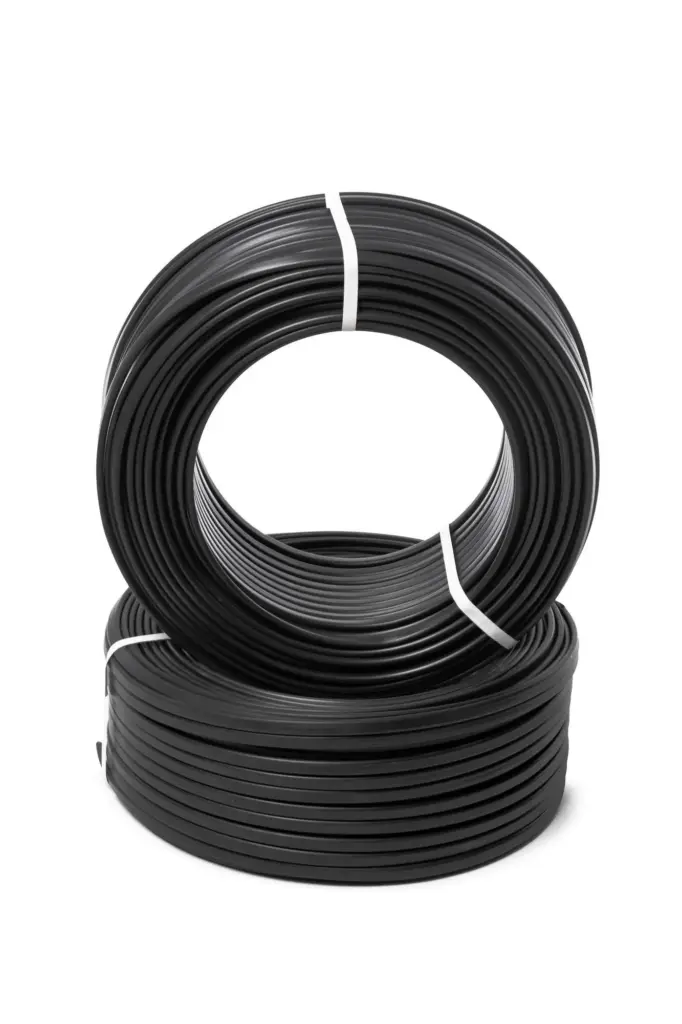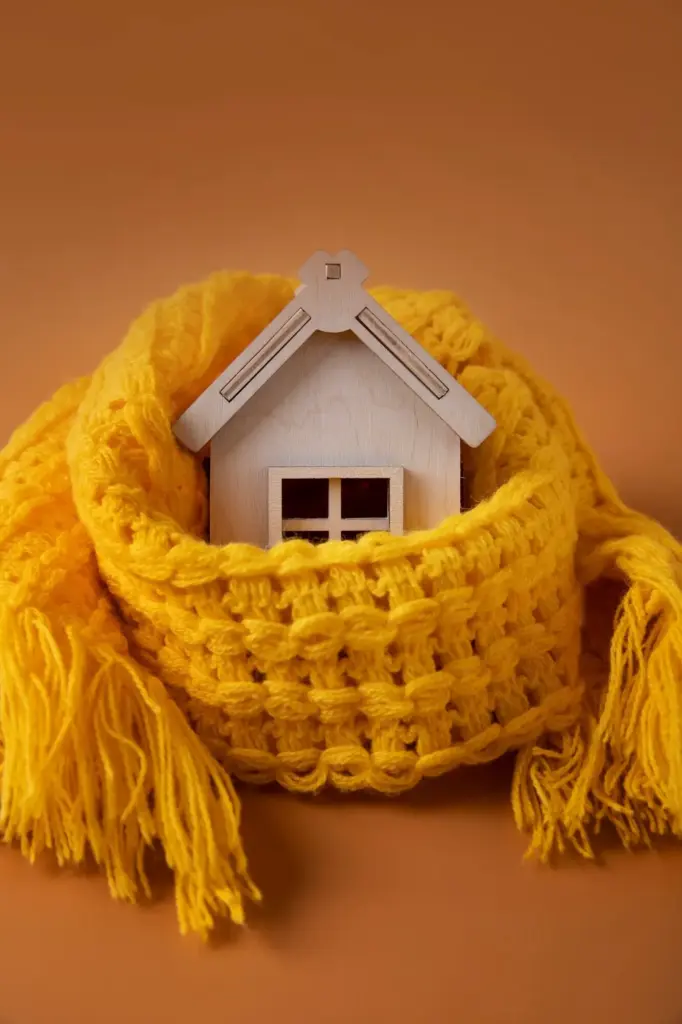Climate-Savvy, Low-Impact Home Insulation

Start With Climate Science, Not Product Hype
Materials With Lighter Footprints, Matched to Place
Cellulose, Wood Fiber, and Cork
Dense-pack cellulose reuses newsprint, locks up biogenic carbon, and fills odd cavities beautifully. Wood fiber boards add continuous insulation and buffering capacity, easing condensation risk in many walls. Expanded cork panels bring resilience, acoustic calm, and fire resistance without synthetic binders. Specify verified suppliers, assess fire ratings, and ensure proper rain screens or ventilated cladding when assemblies need reliable outward drying potential.
Mineral Wool and Recycled Glass Options
Rock and slag wool offer noncombustibility, high temperature tolerance, and strong acoustic control with low operational risk in varied climates. Batts require careful installation to avoid gaps, while exterior mineral wool boards reduce thermal bridging. Blown fiberglass with substantial recycled content can deliver solid performance in attics and walls. Insist on meticulous density, continuity, and wind-wash protection to achieve the promised real-world R-values.
Foams When Necessary, Better Blowing Agents
If you must use foam, prioritize HFO-blown closed-cell for far lower global warming potential than legacy HFCs. Deploy it sparingly for vapor control at rim joists, tricky transitions, or as a thin exterior layer managing dew points. Combine with fiber insulations to reduce total embodied carbon. Avoid unnecessary thicknesses, protect cavities with planned drying paths, and respect fire and smoke requirements meticulously.
Cold Regions: Tight, Thick, and Dry

Chasing Air Leaks Before Chasing R-Values

Exterior Insulation to Control Condensation

Roofs, Attics, and Rim Joists
Hot-Humid: Beat Heat, Manage Moisture, Stay Healthy
Walls That Breathe Outward and Resist Mold
Select materials that tolerate occasional wetting and dry outward efficiently. Avoid interior polyethylene that traps moisture where cooling pulls vapor inward. Wood fiber or mineral wool sheathing with ventilated cladding supports drying, while interior smart membranes limit extreme inward vapor surges. Keep indoor humidity in check with sealed ducts, balanced ventilation, and a dehumidifier so assemblies spend most of the year in safe ranges.
Cool Roofs, Venting, and Reflective Surfaces
High albedo roofing and radiant barriers reduce attic temperatures dramatically, letting fibrous insulation actually hit its labeled performance. Ensure soffit and ridge vents are unobstructed, with baffles protecting insulation from wind-borne moisture. In hurricane-prone zones, secure assemblies against pressure changes that invite rain intrusion. Combine roof reflectivity, shading devices, and air sealing, then finish with targeted dehumidification to cut peaks on brutal summer afternoons.
Ventilation and Dehumidification That Actually Work
Right-sized, balanced ventilation avoids over-pressurizing the interior and pulling moist air through gaps. Dedicated dehumidifiers or heat pump systems with latent control maintain indoor relative humidity below mold-friendly levels. Pair with continuous monitoring to catch seasonal shifts. Tighten returns, seal chases, and commission equipment so the moisture plan works day after day, keeping wall cavities, insulation, and finishes in healthy equilibrium.
Hot-Dry and Mixed: Mass, Shading, and Smart Hybrids

Thermal Mass Plus Insulation for Swinging Days

Marine and Shoulder Seasons Demand Flexibility

Retrofits, Budgets, and Health: Getting It Done
All Rights Reserved.